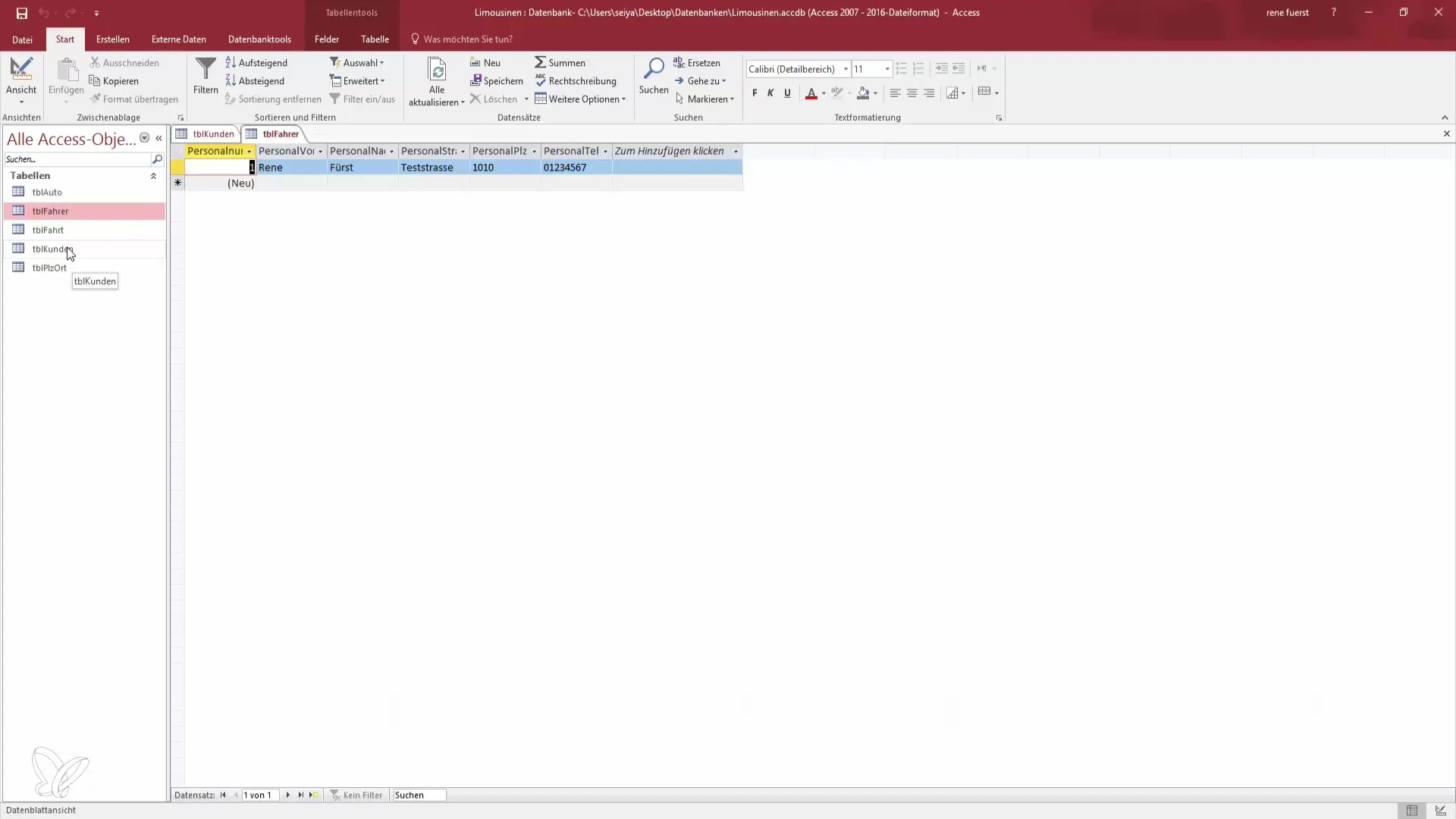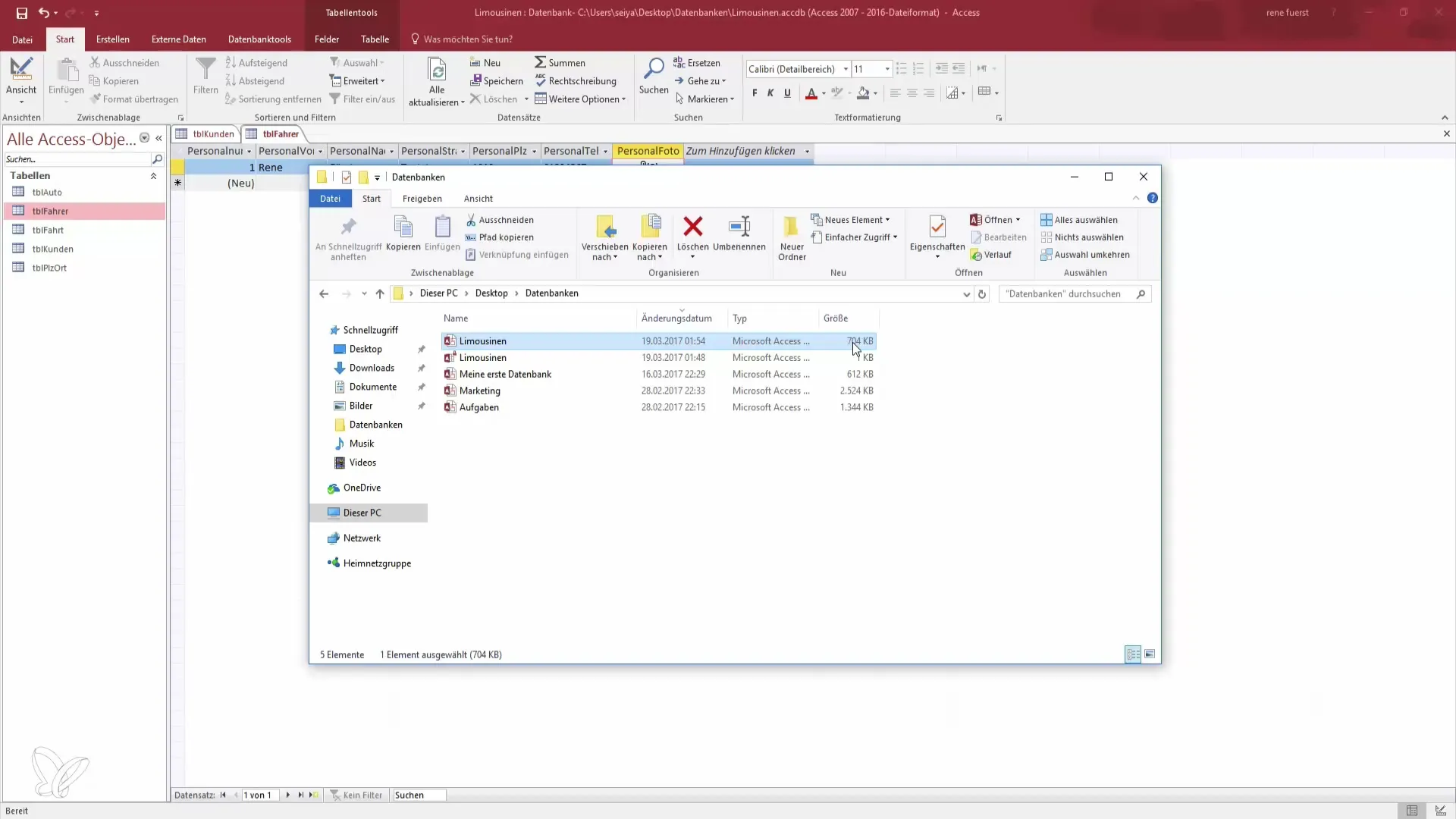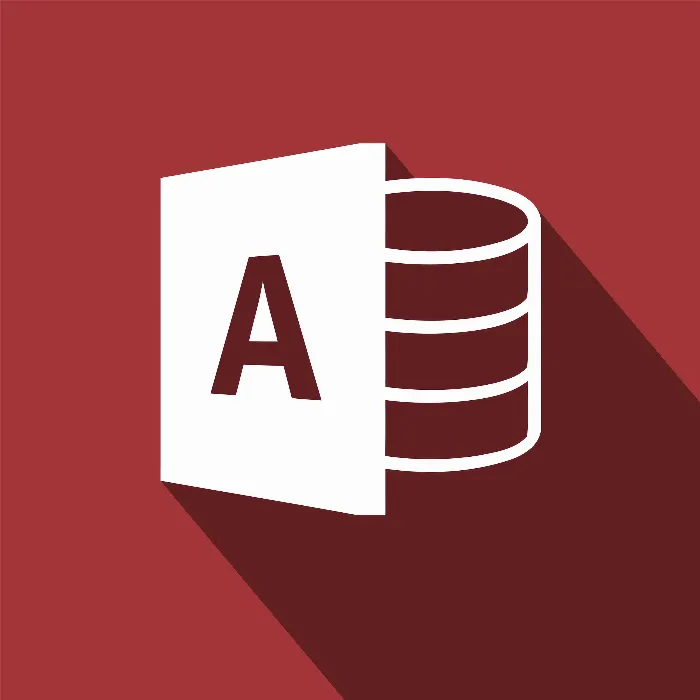Do you want to enhance your database project with images and documents? Access offers you the ability to integrate images and files into your database easily. This guide walks you through the necessary steps to effectively store different file types in your database.
Key Insights
- Access allows storing images and documents
- You can add multiple attachments in one field
- The storage location and file size of the database are crucial
Step-by-Step Guide
First, you should ensure that you have the correct data on hand before you start storing photos and documents in Access. Go to your database view and select the table you want to edit.

Then navigate to the design view of your table. Here you can add a new field that you will use as the storage location for your images or documents. Give it a suitable name, for example, "personalfoto".

Select "Attachment" for this new field type. This will allow you to store various files such as images and documents within the database. Make sure to define fields for labels and input requirements to ensure that a file attachment is always required.
Once you have configured everything, save the changes and switch back to data view. In the attachments column, you should now see an attachment icon. Initially, a value of "zero" will be displayed, which means no data has been stored yet.
To add a photo or file now, click on the paperclip icon. You can double-click this area to open the file selection dialog. Here you have the option to choose multiple files.
Clicking on the "Add" button opens your file explorer, where you can select the images you need. You can either select a single image or consider multiple files at the same time by holding down the Shift key while clicking on the desired files.
After you have selected the desired files, click "Open." You will now see that the images and documents have been directly embedded into the Access database. Note that these are not just saved as a link to your image folder but are truly integrated into the database.
Check the size of your database to see the effects of the added attachments. You will notice that the size of the database increases with each added image. For example, the database size might grow from 500 KB to 700 KB, which means an increase of about 25%.

However, storing images and documents can lead to problems if your database reaches a significantly larger size. For large databases, it is often better to store only the file names in the database and keep the physical files in a separate folder.
Now you are ready to take advantage of these features and expand your Access database with images and documents. The ability to integrate media content into your data enables you to have better organization and a more engaging data presentation.
Summary – Steps for Storing Photos and Documents in Access
In this guide, you learned how to store photos and documents in your Access database. You learned how to create a field for attachments, how to add files, and what to consider regarding the size of the database.
Frequently Asked Questions
How do I save an image in Access?You need to create a new field for attachments and then add the image via the paperclip icon in the data view.
Can I add multiple images at once?Yes, you can select multiple images by holding down the Shift key while clicking.
Where are the images stored in the database?The images are inserted directly into the Access database and are not just saved as links.
Are there limitations when storing files?Yes, very large databases can lead to problems, so it is advisable to store file names and keep the files externally.


